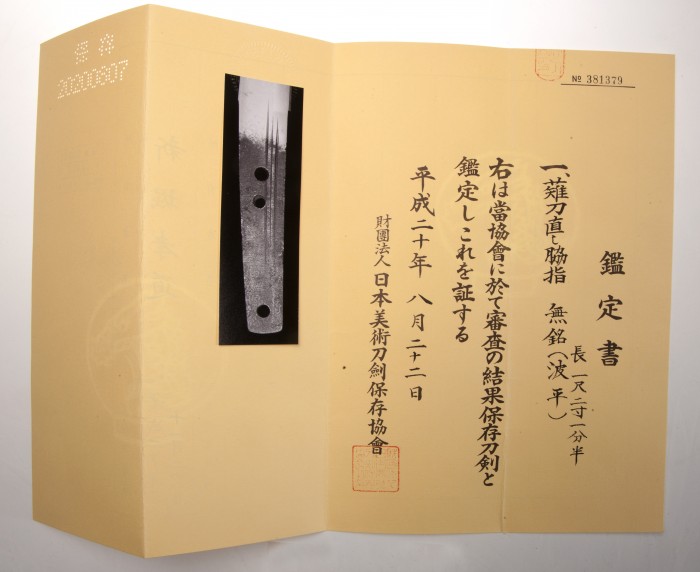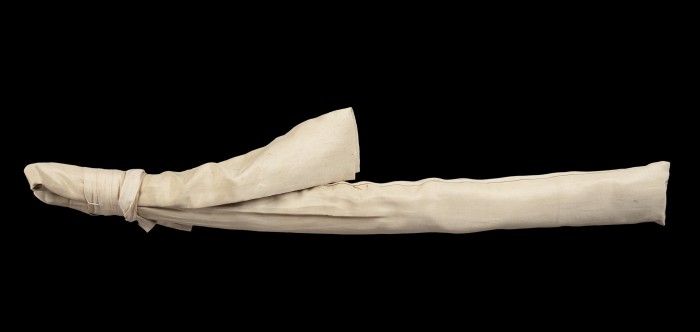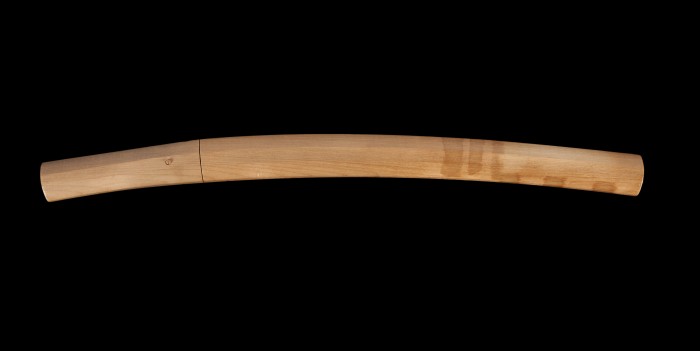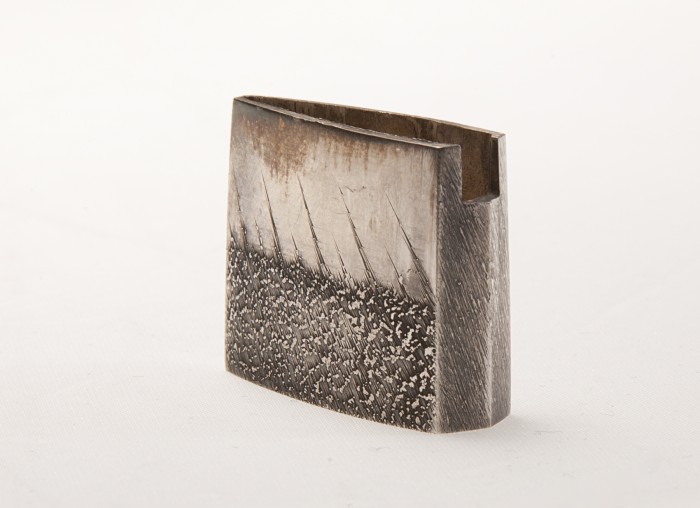550-year old Certified Navy Heritage Naminohira Wakizashi
(Scroll down for high-quality photos)
Type: Wakizashi (Mumei, Unsigned)
Item No.: ujwa003
Period: Mid-Muromachi, 550 years old
Location: Satsuma, Kyushu
Length: 37cm
Certification: NBTHK HOZON (A Sword Worthy of Conservation Certificate from the Society for the Preservation of the Japanese Sword)
Included: 550-year old sword, traditional shirasaya scabbard, sword maintenance kit, sword stand, silk carry bag
Price (via credit card): SOLD
A few words on this unique piece:
For those who love to sail or in the Navy, this sword holds very special significance.
‘Nami’ means ‘wave‘, hira means ‘flat‘. This translates to “sail on calm seas“. Naminohira swords made by Satsuma swordsmiths were very popular among the Japanese Imperial Navy for the swords brought with them a positive omen. In general Naminohira blades are very rare, so this is a unique find.
As history tells us, during the Edo Period (1603-1868) the ruling Tokugawa family kept Japan in virtual isolation from foreign visitors for two and a half centuries. Interestingly enough, the Satsuma area had gates of their own, both to those outside their land in Kyushu AND to the outside world. Essentially only those born in Satsuma lived in Satsuma.
To defend their unique culture and maintain their way of life, Satsuma developed a fierce army of their own. The government from Edo often sent spies to Satsuma, but this more often than not resulted in the death of these spies – never to return to Edo. Satsuma warriors were one of the most feared in the country.
One fine example of the strength of Satsuma warriors was the Namamugi Jiken (Samurai from the Shimazu Daimyo Family. In 1862 in Satsuma, a British man was killed during a small war between the British and the Satsuma clan. A newspaper in the UK at that time, reported emphatically that the British were defeated by one of the clans in Japan. Since this historical scuffle at the end of the Edo period, Satsuma and Britain have forged a seemingly close relationship.
This sword is a shortened Naginata, which is a pole weapon that was traditionally used in Japan by members of the Samurai class. Benkei, the legendary huge and loyal warrior monk from the 12th century carried a Naginata. He is most famous for posting himself at a bridge in Kyoto and defeating 999 samurai and collecting their swords. The 1000th warrior he faced was Minamoto Yoshitsune who defeated him. Benkei then became one of Minamoto’s most trusted warriors and eventually died in battle under his service. See drawing to the right of this page of a picture of Benkei.
The blade is in very good condition, and sharp. Notice how the body of the blade has an almost Damascus steel look, very wood-grain appearance. This is classic Naminohira. There is also one definitive nick that is the remnant of an engraving that has since been polished, but it also looks like a memorable clash from another sword.
Overall this is a high-quality sword that is blessed with warrior attributes. It is fully certified as a conservation sword by the NBTHK (Society for the Preservation of Japanese Art Swords). Transform this sword with your own koshirae (mountings) and watch it grow in value.
CLICK ON ALL IMAGES for extreme closeups. Please be patient as the images load.
*All photos taken professionally by Jensen Walker









